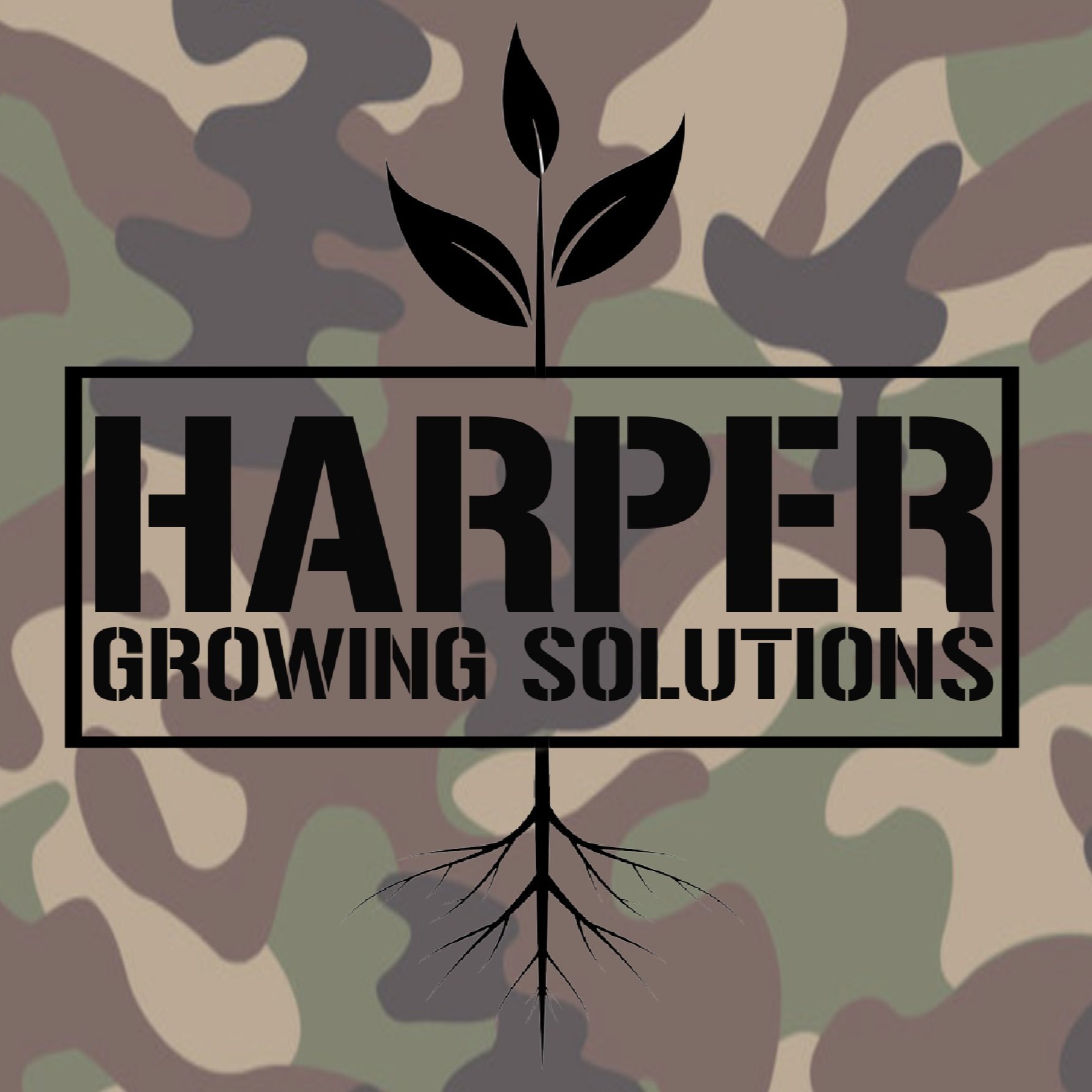Blue Spruce
6-12in bareroot (1,3,5 gal pots)
Zones: 2-7
Other common names: Colorado spruce, Colorado blue spruce, silver spruce
Mature Height/spread: 80-100 ft. high/ 10-20 ft spread. Slow to medium growth rate (12-24″ per year)
Soil / Climate: prefers organic, moist soil, very adaptable, somewhat drought tolerant for a spruce, full sun
Notes: as ornamental trees, it is among the most widely planted ornamental spruces in gardens and parks. It is also grown for the Christmas tree industry. Blue spruce has a green to blue-green color
Norway Spruce
6-12in bareroot (1,3,5 gal pots)
Zones: 2-7
Other common names: European spruce
Mature Height/high: 125 ft. high/ 25-30 ft. spread. The Norway Spruce has fast growth rate when young, slows down with age, fairly dense when young, becoming a bit more open with age.
Soil / Climate: Very cold hardy. The Norway Spruce tolerates acidic soils well, best in well-drained, sandy soils, large trees transplant easily, prefers cooler climates, full sun.
Notes: It is used in forestry for timber and paper production, and as an ornamental tree in parks and gardens. It is also widely planted for use as a Christmas tree.
White Spruce
6-12in bareroot (1,3,5 gal pots)
Zones: 2-7
Mature Height/spread: 75 ft. high/ 10-20 ft. spread medium growth rate
Soil / Climate: Large trees transplant easily, best in well-drained, sandy soils, prefers acidic soils and cooler climates, likes full sun.
Notes: Uses are for Christmas trees, hedge, windbreak and screen. White spruce is the northernmost tree species in North America.
Concolor Fir
6-12in bareroot (1,3,5 gal pots)
Zones: 4-7
Mature Height/spread: 60 – 200 ft. high/ 20 ft. spread in ideal conditions. White Fir has slow to medium growth rate.
Soil / Climate: Prefers well drained soils but tolerant of most climates and city conditions. Less fussy about soil moisture than other Abies species, Full sun. Tolerable of heat and winter cold.
Notes: Has long, flat, bluish green needles, 2 to 3 inches long. Buds in early spring. It’s wood is soft and knotty. They can work reasonably well as a windbreak.
Douglas Fir
6-12in bareroot (1,3,5 gal pots)
Zones: 4-6
Other Common Names: Douglas Fir, Douglas Tree, Oregon Pine, Douglas Pine
Mature Height/spread: Douglas fir commonly grow 100-250 ft high and have a 12-20 ft. spread in ideal conditions
Soil / Climate: Douglas Fir do well in a variety of soils and climates. Is native to western North America both in Rocky Mountains and coastal regions. Full sun is best.
Notes: Not a true fir. Very popular Christmas tree variety. Soft needles 1-2” long. Medium growth rate. Good as a large shade or lawn tree, a Christmas tree.
Wildlife: Birds such as Siskins and Crossbills will eat the seeds. Deer, porcupine and beavers will also eat the needles.
Fraser Fir
6-12in bareroot (1,3,5 gal pots)
Mature Height: 40-60 ft.
Soil / Climate: Prefers moist, well drained soils. Full sun is best. prefers cooler climates.
Notes: The Fraser Fir is a small evergreen coniferous tree. Used extensively for ornamental and Christmas tree purposes. Buds later than Balsam fir, and thus more tolerant of early spring frosts. Does better in dry conditions than Balsam.
Red Pine
6-12in bareroot (1,3,5 gal pots)
Zones: 2-6
Mature Height/spread: Red Pine is a coniferous evergreen tree characterized by tall, straight growth of 50-100 ft high and 30 ft wide with a trunk diameter of one to three ft. Fast grower.
Soil / Climate: Red pine does well in a variety of soils and climates, native to the Northeastern United States, from Pennsylvania to Canada and west into parts of Michigan. This species is intolerant of shade, but does well in windy sites; it grows best in well-drained sandy soils. Red Pine is a long-lived tree, reaching a maximum age of about 500 years
Notes: The wood is commercially valuable in forestry for timber and paper pulp, and the tree is also used for landscaping. The bark is orange-red and flaky. Red Pine makes up most of the wooden telephone poles in Michigan.
White Pine
6-12in bareroot (1,3,5 gal pots)
Zones: Cold hardy to 3-8
Mature Height/spread: 75 to 100′ tall by 30-50′ wide, can reach well over 100′ tall. Many lateral branches create a moderately dense canopy, fast growing.
Soil/Climate: likes moist, sandy soils, but grows well on a variety of soil types. Will grow in clay soils better than most pines. White pines prefer well-drained soil and cool, humid climates, but also grow in boggy areas and rocky highlands.
Notes: Fast growth rate with more than 24″ per year.
